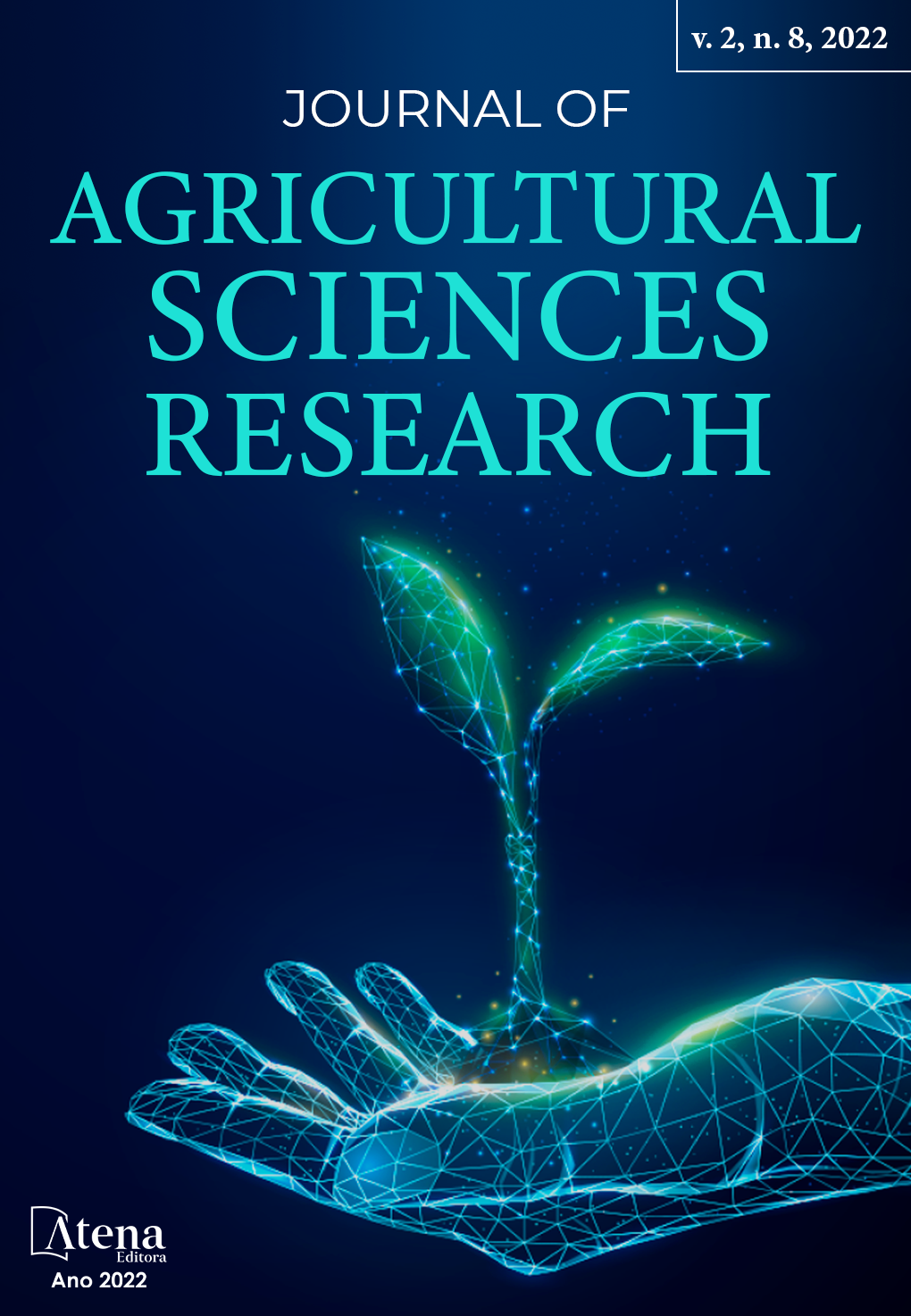
Evaluación in situ de la variabilidad morfológica del tomatillo silvestre
el mal uso y manejo de agroquímicos, ha provocado que durante los últimos años muchas especies de plantas silvestres disminuyan causando la extinción, tal es el caso del tomatillo. La presente investigación se realizó en los municipios de Villacorzo y Villaflores, Chiapas, México con los objetivos de caracterizar la variabilidad morfológica in situ. Para la colecta, se realizó una búsqueda de plantas en los dos municipios y con la ayuda del descriptor botánico-taxonómico de tomate se estudiaron sus características. Se evaluaron 10 variables cuantitativas y nueve cualitativas las cuales fueron relacionadas con la planta, tallos, flores y frutos. Se utilizó el método de multivariados y se realizaron con los datos cuantitativos los siguientes análisis: estadísticos elementales que sirven para conocer los coeficientes de variación, análisis discriminante para saber el porciento de la variación e identificación de aquellos caracteres que influyen en la discriminación. Se realizó un análisis de componentes principales para determinar el porciento de variación y las variables que logran explicar dicha variación, análisis de conglomerados para saber el nivel de agrupamiento de las muestras de acuerdo a sus características comunes. El tamaño de fruto tiene el mayor valor del coeficiente de variación, sin embargo, las variables longitud y ancho del fruto presentaron menores coeficientes de variación. El análisis discriminante logró contribuir en un 54.3% de la variabilidad presente. El análisis de componentes principales determino una variación acumulada del 77.82%. El análisis de conglomerados integra a dos grupos destacando la variable peso de fruto y longitud de enredadera. El 88.2% de las plantas presentaron un color de corola amarillo. Las rayas verdes en el hombro del fruto se observaron en el 52.9%, la forma del fruto redondo se presentó en un 88.2%. La posición del estilo destaca en un 82.4% de las muestras estudiadas presentando un estilo muy proyectado.
Evaluación in situ de la variabilidad morfológica del tomatillo silvestre
-
DOI: 10.22533/at.ed.9732822220710
-
Palavras-chave: descriptores, cuantitativos, variación, fruto
-
Keywords: descriptors, quantitative, variation, fruit
-
Abstract:
The misuse and management of agrochemicals has caused many species of wild plants to decrease in recent years, causing extinction, such is the case of the tomatillo. The present investigation was carried out in the municipalities of Villacorzo and Villaflores, Chiapas, Mexico with the objectives of characterizing the morphological variability in situ. For the collection, a search for plants was carried out in the two municipalities and with the help of the tomato botanical-taxonomic descriptor, their characteristics were studied. Ten quantitative and nine qualitative variables were evaluated, which were related to the plant, stems, flowers and fruits. The multivariate method was used and the following analyzes were performed with the quantitative data: elementary statistics used to determine the coefficients of variation, discriminant analysis to determine the percentage of variation, and identification of those characters that influence discrimination. An analysis of principal components was carried out to determine the percentage of variation and the variables that manage to explain said variation, cluster analysis to determine the level of grouping of the samples according to their common characteristics. The size of the fruit has the highest value of the coefficient of variation, however, the variables length and width of the fruit presented lower coefficients of variation. The discriminant analysis was able to contribute 54.3% of the present variability. The principal components analysis determined an accumulated variation of 77.82%. The cluster analysis integrates two groups, highlighting the variable fruit weight and vine length. 88.2% of the plants presented a yellow corolla color. The green stripes on the shoulder of the fruit were observed in 52.9%, the shape of the round fruit was presented in 88.2%. The position of the style stands out in 82.4% of the samples studied, presenting a highly projected style.
-
Número de páginas: 10
- Beatriz Zambrano Castillo
- Eduardo Aguilar Astudillo
- Carlos Joaquín Morales Morales
- Reynerio Adrián Alonso Bran


